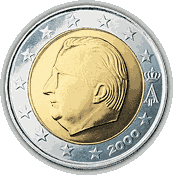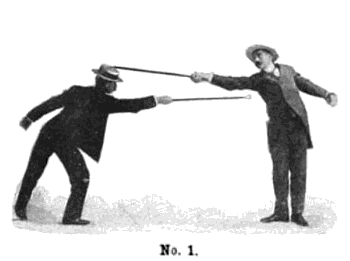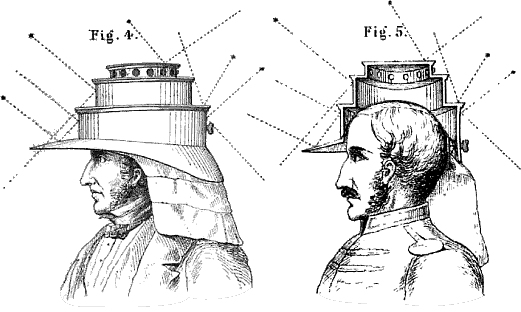This is strange.
First of all, Terry Pratchett published a novel last year, Nation, that features tree-climbing octopuses and no one thinks to notify me, of all people? I'm hurt! If I wasn't already paranoid, this would put me over the edge.
Well, anyway, I'm in the loop now. I only discovered it last night while looking for more things to put on the media subpage on the Pacific Northwest Tree Octopus site. (An aside: What was the deal with 2008? Five books -- that I've discovered so far -- were published with tree octopuses in them, not even counting school text books. And only one of the authors thought to let me know. Thank you, again, Eric E. Olson.)
But here's the weird thing: The cover of the UK edition has a tree-climbing octopus on it, hidden in the shadows. Excellent! But then I looked a little closer at it. It seemed strangely familiar. Here's a lightened and contrasted detail (taken from an extra-large image of the cover found here):
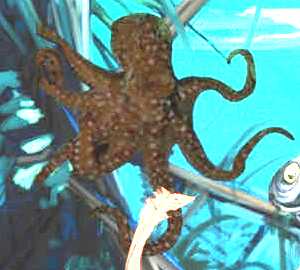

The added white square on the cover is where the tree octopus can be found.
Now where have I seen that tree octopus before? Oh, yeah, here it is:

Tree octopus image that's been on my site for a decade.
I applaud the cover designer's desire for technical accuracy by using an image of an actual tree octopus (albeit not O. arbori, as specified by Pratchett), but is it really the smartest thing, from a legal ass-covering perspective, to take an image off of some website and put it on a very notable commercial product? I mean, you're designing the cover for a freaking Terry Pratchett novel, not doing graphics on some penny-ante website in your spare time; someone's going to eventually notice, no matter how much you darken the image.
I can understand if the cover artist left the octopus out, and your boss told you just before the deadline that there had to be a tree-climbing octopus on there, and Google image search is just a few tempting clicks away... but, really? No one around the office can draw an octopus, not even one that would be mostly in silhouette? What are they teaching you people in design school? Drawing octopuses should be part of the fundamentals!
Just so we're clear, I have absolutely no intention of making any sort of drama about this (not that I rightly could... ahem), and everything's cool as far as I'm concerned. Mostly I'm disappointed that more effort wasn't put into having a proper tree-climbing octopus illustration on the cover (and none at all on the North American version, at least that I can see). But whoever's in charge of the cover-design department at Pratchett Heavy Industries needs to give some stern lectures to their underlings lest they get themselves into trouble in the future.

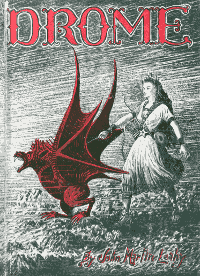
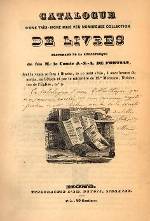
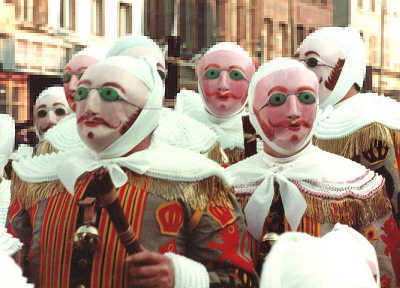



 LATE UPDATE: Lest you think the cryptosymbolic owl is just an example of
LATE UPDATE: Lest you think the cryptosymbolic owl is just an example of  AFTERTHOUGHT UPDATE (2009-07-20): Here's something relevant that's so well-known to paranoids that it didn't occur to me that some of my orthonoid readers might not be aware of it: there's an owl on the front of the US$1 bill, hidden on the border of the crest around the "1" in the upper right corner. Do you see?
AFTERTHOUGHT UPDATE (2009-07-20): Here's something relevant that's so well-known to paranoids that it didn't occur to me that some of my orthonoid readers might not be aware of it: there's an owl on the front of the US$1 bill, hidden on the border of the crest around the "1" in the upper right corner. Do you see?